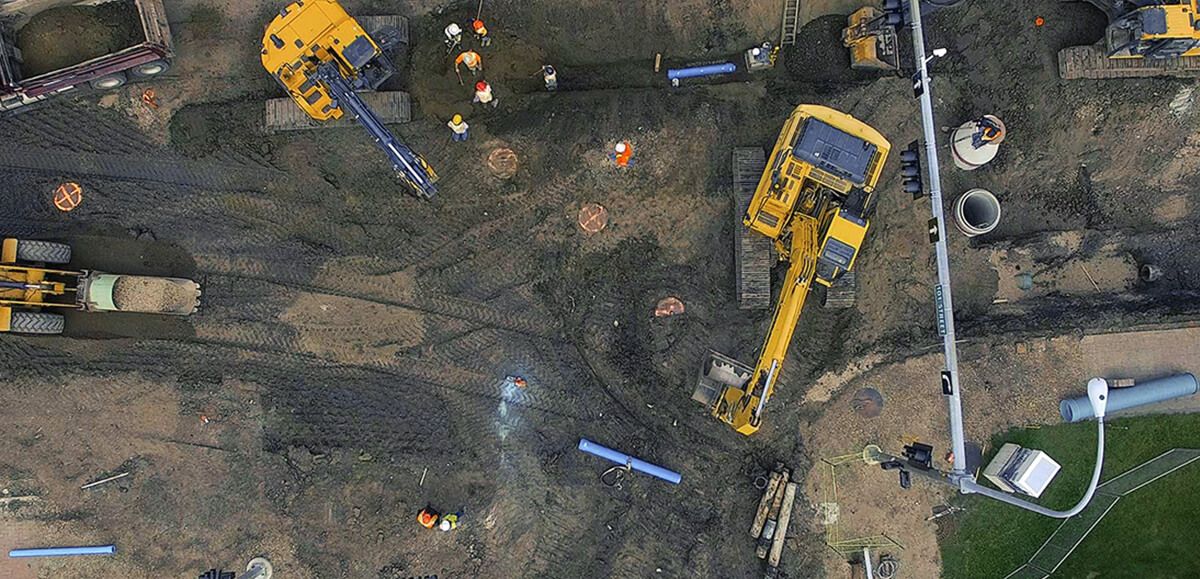

Sign In
Welcome! Sign In to personalize your Cat.com experience
If you already have an existing account with another Cat App, you can use the same account to sign in here
Register Now
One Account. All of Cat.
Your Caterpillar account is the single account you use to log in to select services and applications we offer. Shop for parts and machines online, manage your fleet, go mobile, and more.
Account Information
Site Settings
Security
Heavy Equipment Safety Tips
Doing a good day’s work is satisfying and rewarding. But on the job, safety should be your number one priority at all times. While some safety best practices fall to the operator, your machine is designed to keep you safe. Follow these tips and use your machine’s safety features to cut down on the risk and stay safer than ever.
Estimated read time: 3 minutes
The following video details some important points of heavy equipment safety. Stay alert and aware of your machine’s safety features.

Estimated watch time: 3 minutes
Avoid operator injury [00:16]
Most operator injuries happen when entering or exiting your machine. Be aware of your surroundings to avoid slips, trips or falls. Make sure your boots are clean, clear of mud or slick substances that might increase the danger of slipping. Move slowly and deliberately facing your machine, maintaining three points of contact when entering and exiting. Use foot pads, steps and handrails at all times. When operating, get in a comfortable position to prevent injury and reduce fatigue — and always wear your seat belt and personal protective equipment (PPE) as required.
When inspecting your machine, be mindful of pinch points and swinging or rotating parts. And allow your machine to cool before checking hot components. Make sure you park on level ground, placing any attachments on the ground before shutting down.
Keep your machine clean [01:19]
Want to properly maintain your machine? Keep it clean. Cleaning is a key part of safety and preventive maintenance, and you’ll want to make sure your machine is free of unsafe debris. Most fires on the worksite happen after you’ve shut down for the day, while the machine is unattended, by something catching fire around the engine.
So be sure to clean any debris buildup at the end of your shift after your components have cooled to a safe temperature. Check under your machine for debris and keep areas around the engine clear. And always check for debris and animals’ nests in your machine before starting up every day.
In case of an emergency, cut your power with the master disconnect, or use the fuel cutoff to prevent fire. And as a matter of preventive maintenance, keep your handrails, steps, mirrors and cameras clean, and keep all service access panels closed and latched.
Know your machine’s safety features [02:06]
Your machine has been designed with operator safety in mind. Your cab has rollover and falling-object protection. Always use any articulation locks for safety during service and machine transportation and learn about your machine’s tie-down locations.
More tips to make use of your machine’s safe design:
Pay attention to all indicator lights and remember to wear your seat belt.
Learn your machine’s safety decals in your Operation and Maintenance Manual (OMM).
Take note of where your emergency shutdown switches, backup horn, parking brake and hydraulic lock are.
Be sure to learn about your cab’s alternate exit.
Remember: Always refer to your OMM for guidance on maintenance, safety, settings, features and more.
Visit Cat® Toolbox Talks to explore more specific safety topics and to download our discussion guides.
Once You Own, You're In
Gain unlimited access to must-know information about your machine. Find ideas you can put to work on the job right away, including business insights.
